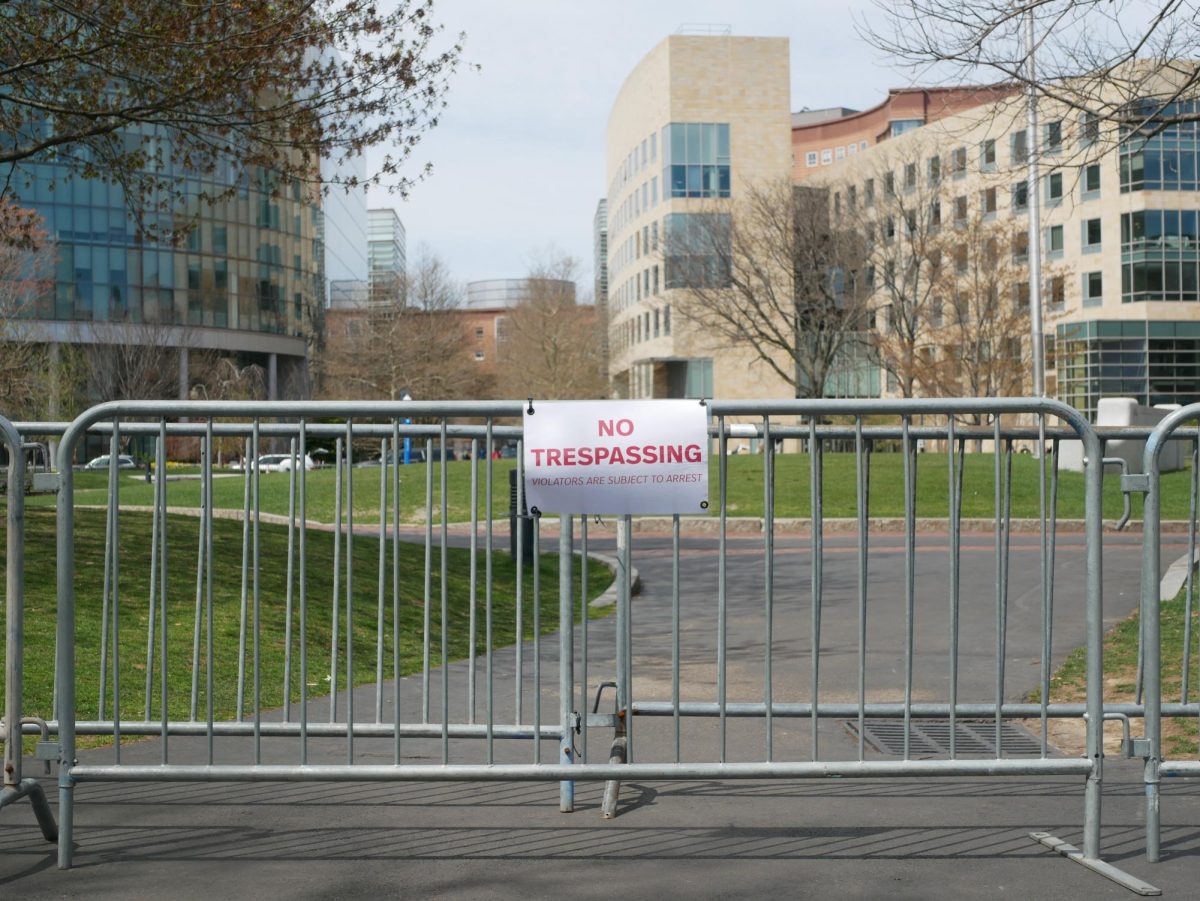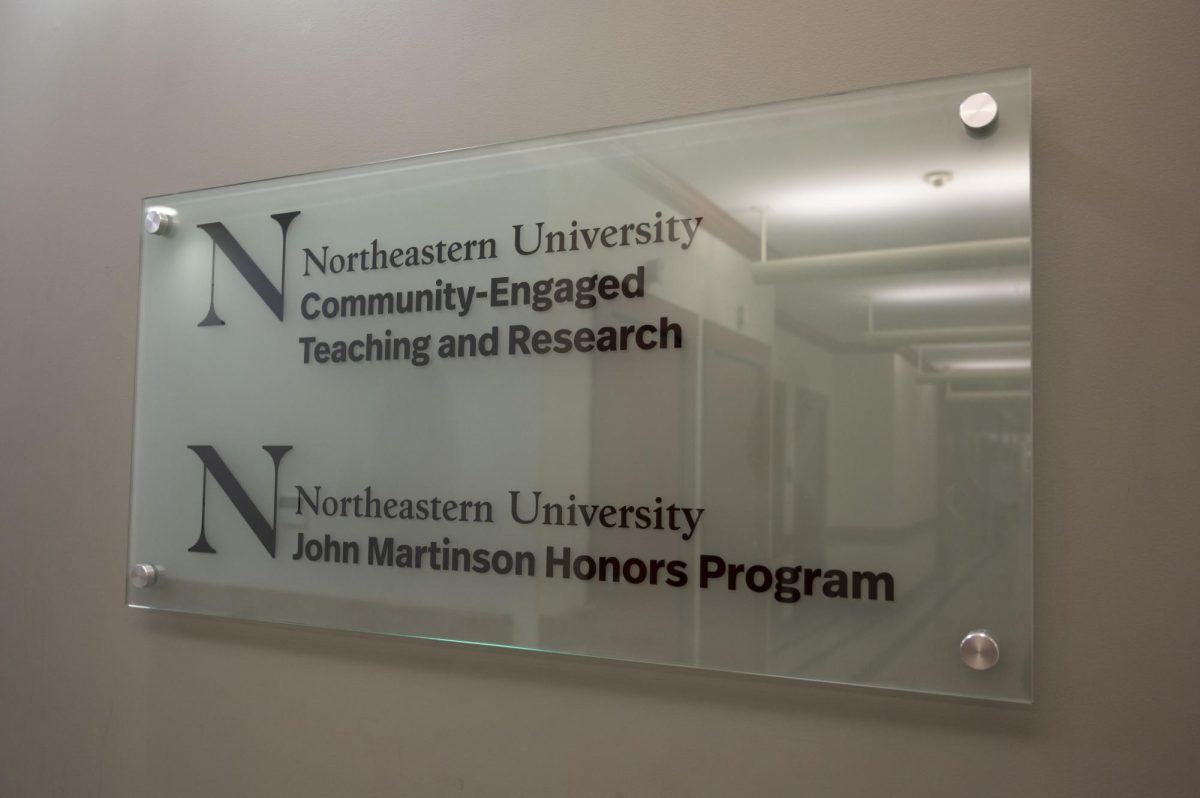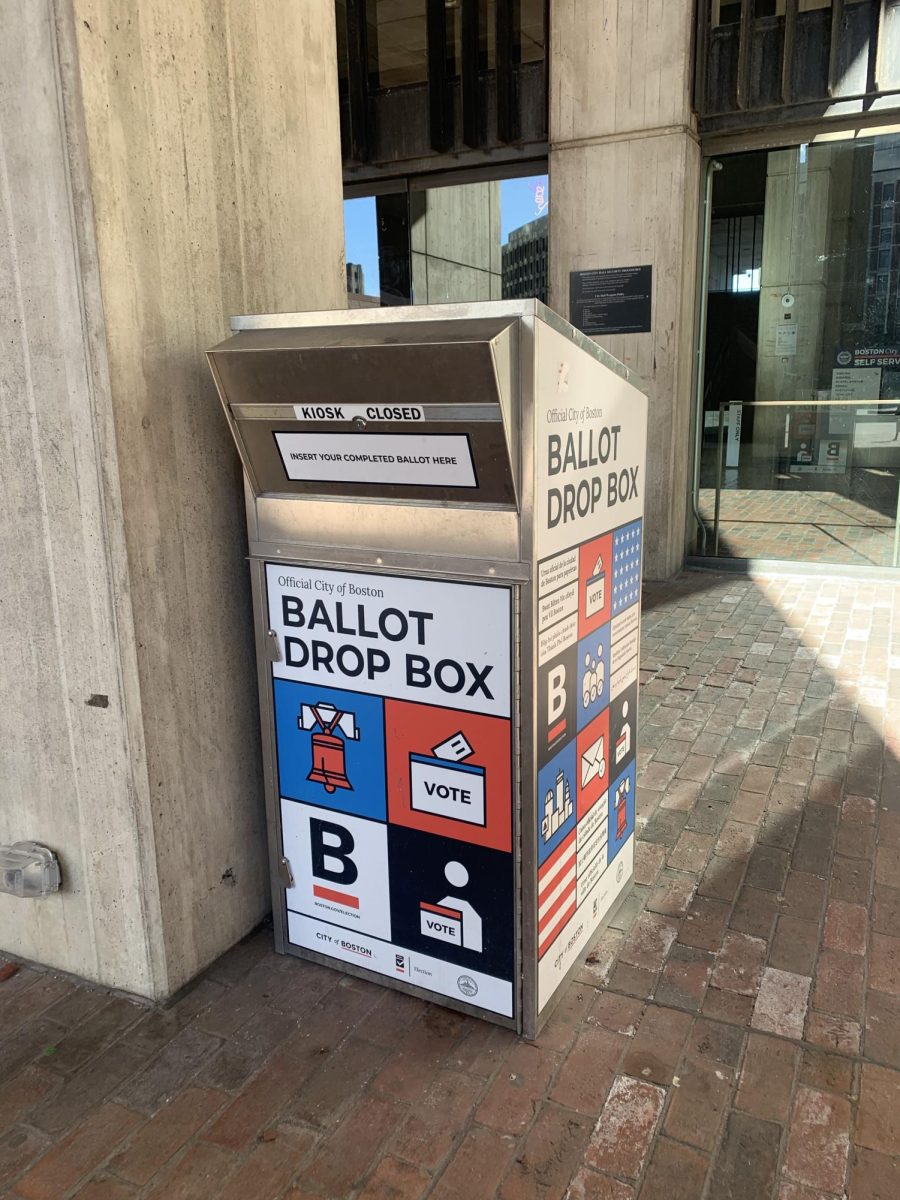Earlier this month, Forbes.com released a list of the 650 best colleges in the country. As one might expect, Northeastern was ranked among them. As one might not expect, we were ranked 534th, between University of Nebraska at Omaha, the secondary campus to the main university in Lincoln, and Liberty University, the neoconservative Evangelical Christian school founded by Jerry Falwell.
How did Northeastern end up in the same tier as these schools? Forbes used an entirely numbers-based system to calculate the school’s rankings. The intent, presumably, was to minimize influence on results from a university’s reputation, which is a frequent complaint about the US News and World Report rankings, in which Northeastern is a top-100 school. The effect, however, makes the rankings a joke.
One of the most important factors in a university’s ranking, making up 17.5 percent of the final score, is student evaluations from RateMyProfessor.com. The website allows students to rate their professor using a scale measuring factors like the teacher’s overall quality, their “easiness,” and how “hot” they are.
For comparison, that’s more than twice as much weight as is given to academic awards won by students at the university, such as Rhodes, Marshall and Fulbright scholarships, among the most prestigious and highly-contested graduate prizes in the country.
While this in and of itself should be enough to disregard Forbes’ rankings as nonsense, the most egregious affront lay in the use of four-year graduation rates. 17.5 percent of the final score is allocated to these, split between the “actual” graduation rate and the “predicted” graduate rate, which calculates how the university’s graduation rate deviates from those with similar enrollment characteristics.
Even though Northeastern is a five-year school, Forbes insists on using the four-year rate, giving the university a deceptively low graduation rate of zero percent. This rate is inaccurate, as some students do in fact graduate within four years; but Northeastern does not formally report a four-year graduation rate, noting in its common dataset issued to rankings agencies that it is a five-year school. Its six-year graduation rate is 75 percent.
In its explanation of the methodology used to determine the rankings, Forbes dismisses arguments that the use of four-year rates is misleading, claiming that the Department of Education classifies universities like Northeastern as “4 years or more,” and thus students may expect to graduate in four years. Michael Noer, an editor at Forbes and the author of the accompanying piece on the rankings, noted in response to the uproar on Northeastern’s ranking page that he and the other editors “can’t start choosing to compare different schools on different data points – if we did that we would [not] actually be comparing anything.”
Forbes’ obsession with numbers and hard data is their undoing. While it may grab headlines to challenge the traditional rankings and hierarchy, they have done so in a manner so unfair as to discredit the entire ranking’s validity.













